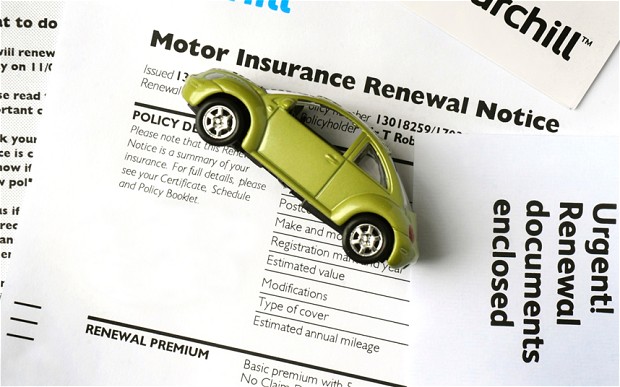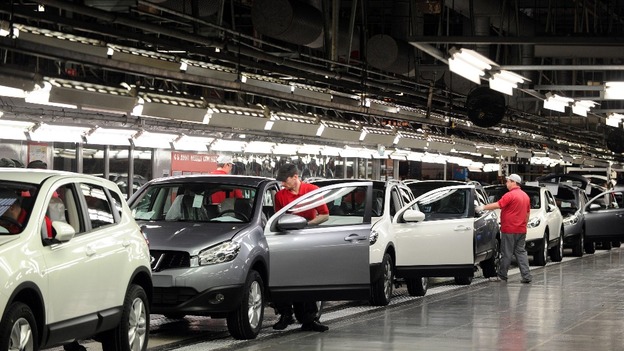Understanding Insurance can be confusing and difficult, but knowing your insurance policy is equally important because if your well-versed with the terms present in your insurance policy makes the policy utilization easier.
We have compiled a list of Car Insurance Terms below, which would help the buyer selecting the right car insurance policy for their vehicle.
Comprehensive Coverage:
The Comprehensive coverage is also known as the “full coverage” it covers your vehicle from damages that occur not just from accidents but also from natural disasters such as hail, wind, flood etc. It also covers you from loss arising out of theft, snatching and terrorism.
General Exclusions:
The term general exclusions refer to all those expenses which are not covered in your car insurance policy.
Example: Day to day mechanical repairs for instance engine servicing, brake-pad maintenance etc.
Difference between Sum Insured and Market Value:
Market value refers to the evaluation of the car in the market and the sum insured is the value of your car which you have provided to your insurer for coverage.
Example: in 2020 a person declared a car value for 20 lacs which is the sum insured however the market value may not be the same over a certain period of time and may increase or decrease. The market value can change to 23 lacs or 19 lacs hence it is recommended that you insure your car as per market value.
Total Loss
Total loss is a condition whereby the insurance company declares the car to be beyond repairs. The insurer gives a wholesome amount to the insured rather than repairing the car. In this case, the insured will get market value or sum insured whichever is lower.
Example: If a car is declared a total loss and if the sum insured of the car was 25 lacs and the market value was 27 lacs, in this case, the assured will get 25 lacs because it is lower of both amounts.
Depreciation:
Depreciation refers to the wear and tear of the car, as your car gets older. It is the percentage of the claim which the insurer does not pay for in case of an accident. Depreciation is only applied to car parts.
Example: let’s assume you get into an accident and the dealership recommends the repair cost is 200,000 which comprises 100,000 as labour expenses and 100,000 for car parts. If the depreciation is 50% in a specific year, You will get full compensation for labour and 50% depreciation on parts leading to the payout on parts to be 50,000 making the full payout to be 150,000.
Deductible:
It is a predetermined amount your insurer subtracts on Claims
Example: If your car repairs cost PKR 50,000 and your deductible amount is PKR 10,000. You will get a claim of PKR 40,000 from the insurance provider.
Conclusion
These aforementioned terms will help you be well versed with the procured car insurance policy and would enable the policyholder to ensure full protection and maximum usage of the purchased policy.



